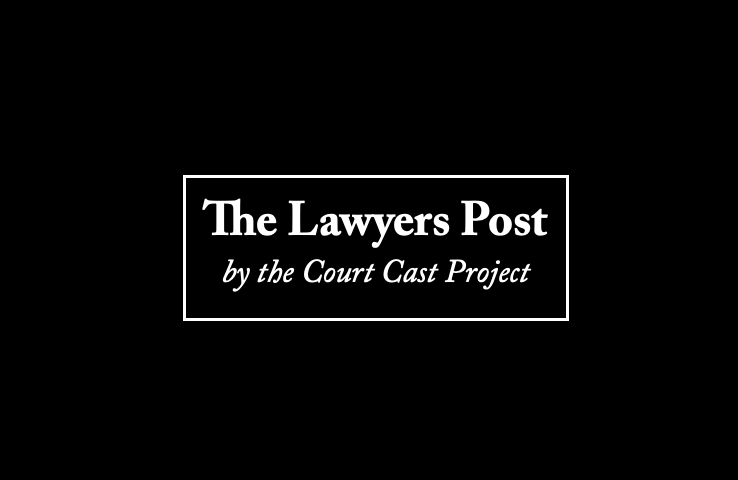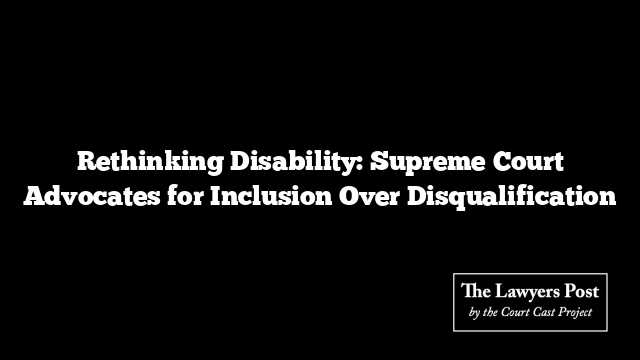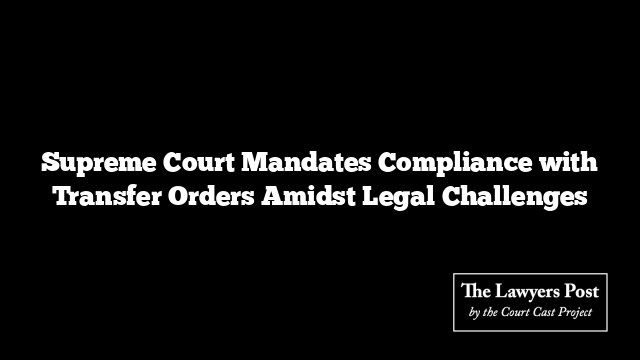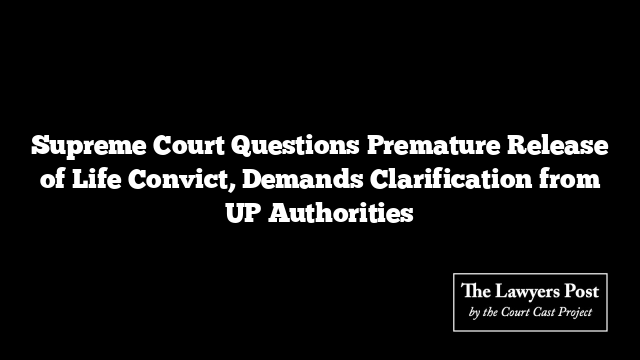In a landmark ruling, the Supreme Court has emphasized the necessity for both government entities and the private sector to shift their focus from disqualifying candidates with disabilities to accommodating them effectively. The Court made it clear that the objective should be to facilitate educational opportunities rather than erect barriers.
During proceedings, the bench comprising Justices B.R. Gavai, Aravind Kumar, and K.V. Viswanathan articulated a crucial stance: Disability Assessment Boards must not operate merely as automatons, mechanically checking disability percentages. Instead, their role is to assess whether a candidate’s disability genuinely hinders their ability to pursue a desired course of study.
The Court condemned any rigid assessment that categorically dismisses candidates based solely on disability percentages, labeling such practices as contrary to principles of justice and equity. It asserted that the Boards must document their reasoning when deeming a candidate ineligible, ensuring transparency and fairness in their decisions.
Pending the development of updated regulations by the National Medical Commission, the Court instructed Disability Assessment Boards to adhere to guidelines highlighted by the Ministry of Social Justice and Empowerment, which advocate for the integration of assistive technologies and adherence to the objectives set forth in the Rights of Persons with Disabilities (RPwD) Act.
The ruling came in response to an appeal from a candidate with a speech and language disability quantified at 44-45%. Previously denied admission to an MBBS program due to their benchmark disability, the candidate contested the Graduate Medical Education Regulation, which barred those with 40% or more disability from medical courses.
The Supreme Court’s decision reaffirmed that the mere presence of a benchmark disability should not automatically disqualify individuals from educational pursuits. The Rights of Persons with Disabilities Act, aligned with the principles of the United Nations Convention on the Rights of Persons with Disabilities, aims to ensure non-discrimination and equal opportunities.
Critiquing the 2019 amendment to the Graduate Medical Education Regulation, the Court highlighted the absurdity of allowing candidates with less than 40% disability to pursue medical education without the benefit of a reserved quota while excluding those with 40% or more.
This ruling underscores the necessity for a more nuanced interpretation of regulations, arguing that excluding candidates based solely on quantifiable disabilities violates constitutional principles of equality. The Court’s remarks stress that all candidates should be evaluated on their individual capabilities rather than a blanket assumption based on disability percentages.
In conclusion, the Supreme Court not only confirmed the candidate’s admission to the MBBS program but also celebrated the achievements of individuals who have surmounted their disabilities. Names like Sudha Chandran, Arunima Sinha, and H. Boniface Prabhu serve as testaments to the potential within every individual, regardless of their challenges. The Court’s decision marks a significant stride toward fostering an inclusive educational environment where all can thrive.





